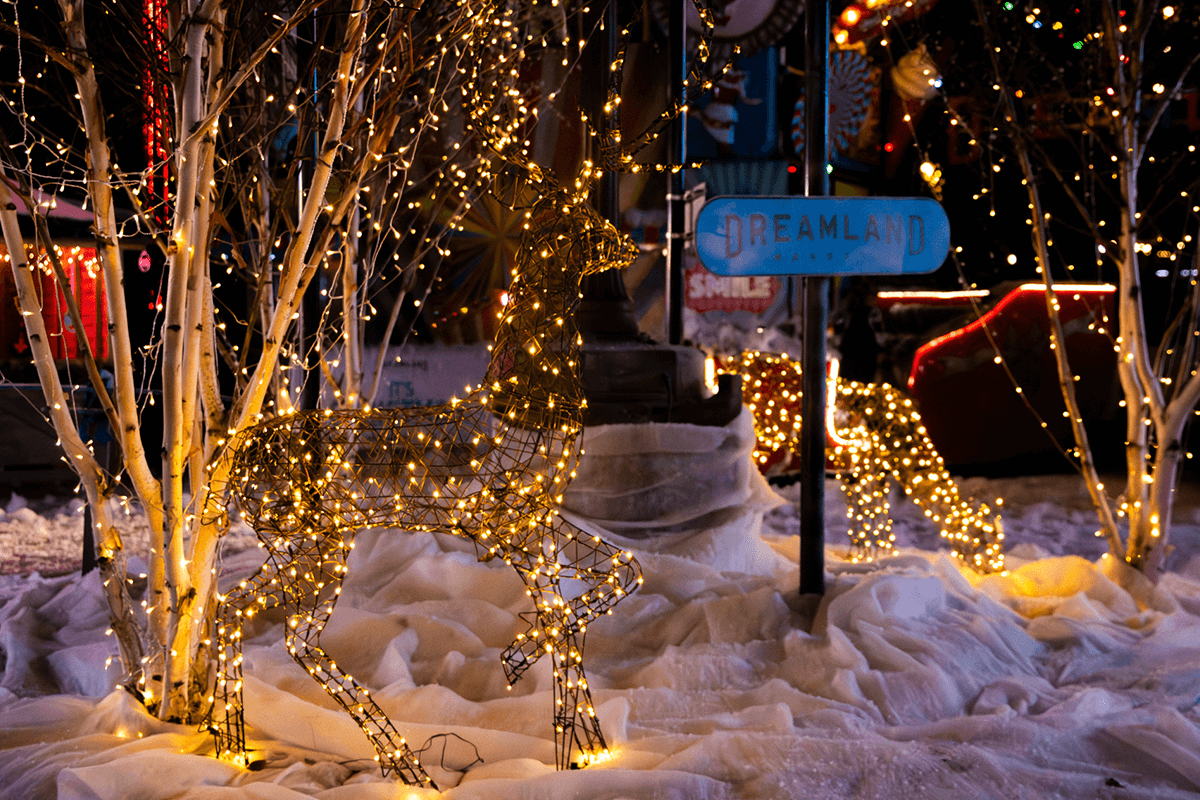Home Canterbury News Article
Emergency surgery on hospital's trees
16:39, 22 August 2011
by Sian Napier
snapier@thekmgroup.co.uk
Horse chestnut trees at Kent and Canterbury Hospital have been on the receiving end of emergency treatment to try to save their lives.
The iconic avenue leading down to the 1930s building in Ethelbert Road, Canterbury, has been hit by the disease bleeding canker and many of the established trees are seriously ill.
On Friday a specialist team from a Halifax-based company arrived on site to administer first aid.
An enzyme called allicin was infused into the trees and the hope is that it will stop the disease and allow them to recover and build up their own resistence.
Bleeding canker is caused by a bacterium which stops the tree from using its vascular system, eventually leading to its death.
Andrew Bussey, arboricultural technician at JCA Ltd, the only company in the UK to carry out the treatment, said: “We were contacted about the problem by the hospital and have treated 14 trees with slight to moderate damage with the enzyme.
“Unfortunately another five were so badly infected that it is likely they will have to be removed on health and safety grounds.
“Some of the trees were not infected and we hope that the treatment will mean this iconic avenue of horse chestnuts will be saved.”
The enzyme allicin is derived from garlic and has been used as an anti fungal for many years by vets to treat disease in animals, for example mastitis in cows.
JCA has been trialling its use for three years on a non-profit basis after being given a licence by the Department of Environment, Food and Rural Affairs.
Mr Bussey said: “We have had some very good results and have done work for English Heritage and the National Trust.”
Up to six holes were drilled in each infected tree and a solution of allicin was infused into it by a low pressure system so the whole tree could be treated.
The company will return annually to check the trees and the hospital will send it monthly photos for examination.
Latest news
Features
Most popular
- 1
‘Plumbers charged my elderly relatives £8,560 but settled on £765 when challenged’
22 - 2
Video captures panic as fireworks display goes wrong and ‘boy’s face burnt’
11 - 3
Family-run garage closes for final time after 92 years of trade
4 - 4
Kent pub 'surrounded by sheep' named one of UK's best to visit in autumn
3 - 5
‘I’d much rather have a full restaurant than Michelin stars’
4









